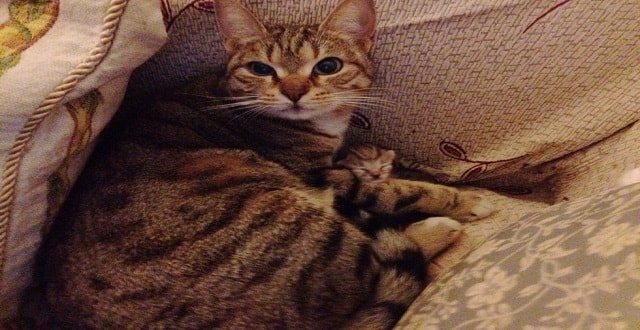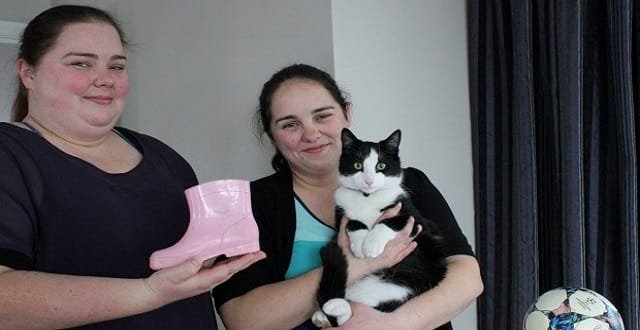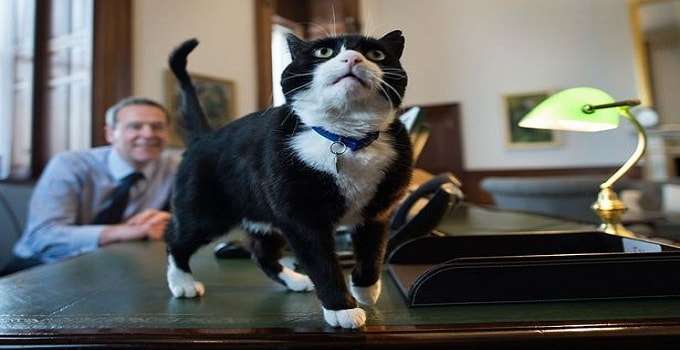Cats can be finicky little creatures at times, refusing at random — or so it seems — to eat the food you purchased for them. If they would bother to seek employment to purchase their own food, this would be a non-issue. But as is, it’s quite annoying when they turn up their (cute) noses at even the fanciest of feasts you’ve bought for them.
https://www.instagram.com/p/BE9M03ESU3I/
But there is, believe it or not, some logic to their pickiness. In a study published online last week in the journal Royal Society Open Science, researchers have found that neither smell, nor taste, nor texture makes much of a difference in terms of whether or not a cat will eat a particular food. What matters most, according to their extensive research, is nutrition.
The researchers, who are located in the U.K. and Australia, gave cats different flavors of foods over the course of several weeks, some of which seemed very cat-friendly (rabbit, fish) and one of which did not (orange!). To start with, the animals went for the rabbit- and fish-flavored foods. But that all changed over time.
https://www.instagram.com/p/-BXDJ4NvkH/
“Cats initially selected food based on flavor preferences, but after ‘learning’ (due to prior exposure) about the nutritional composition of the foods, cats selected foods to reach a particular target balance of protein and fat regardless of added flavors,” Adrian Hewson-Hughes, who led the study, explained to the Discovery News site Seeker, which initially spotted this study. As the study continued on, the cats gravitated to foods with a very particular protein-to-fat ratio, even when that food was flavored a not-typically-cat-friendly orange.
More specifically, their preferred protein-to-fat ratio appeared to be something to the effect of 1 to 0.4, which means that 50 percent of their energy is derived from the fat, and 50 percent from the protein. They’ll also eat treats, of course, for some short-term fun, but over the long haul, they seem to quite naturally drift toward this nutritional setup.
Just how the cats divide a food’s nutritional makeup in this way, on the other hand, is a question which remains for another study. Still, if cats are this attuned to their own nutritional needs, one may only assume that they are quietly judging those of us who maybe pay a little less attention to our own.









